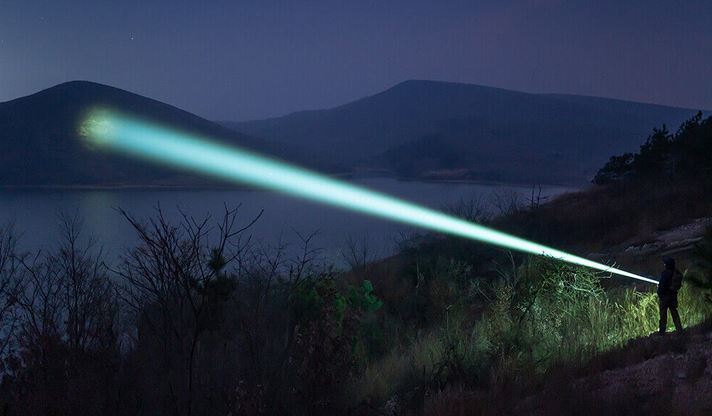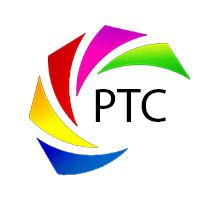LEP stands for laser-excited phosphor. LEP light (from LEP flashlights, for example) is an exciting new solid-state lighting technology that can be more powerful and efficient compared to LEDs. An LEP light source generally works by focusing a blue (or violet) laser on a phosphor element mounted on a heat sink. The laser can be either reflected off the surface or transmitted through the phosphor and down-converted to narrow or broad-spectrum light.
The optical design and choice of lasers and phosphors depend on the spectral properties and desired colors and brightness levels. In a typical white LEP flashlight, a broadband yellow phosphor is used to produce a powerful white light beam that can be projected for long throw or distance. The white color is generated by combining the yellow emission from the phosphor with the blue laser light. LEP flashlights can be used as tactical search lights or to send SOS distress signals.
Depending on the design and phosphors used in the LEP modules, a wide range of spectral colors can be achieved. This includes both the visible as well as the invisible parts of the spectrum, such as the infrared (IR). A near-infrared LEP, for example, can be used in autonomous vehicle LIDAR or as as a powerful spot lighting source for long-distance night-vision cameras and instrumentation. An LEP-based SWIR source can be used for long-range communication, vegetation mapping, or for atmospheric studies that rely on infrared absorption by water vapor or other molecules in the air.
A phosphor-converted LEP can operate at low DC voltages and deliver more optical output compared to conventional LEDs or lasers. Different wavelengths of light can be customized for different purposes. LEPs can deliver narrow-band, multi-band, or broadband radiation while significantly expanding the available spectral range or wavelength options of conventional sources.

LEP flashlights can generate bright beams of lights capable of illumination over long distances
